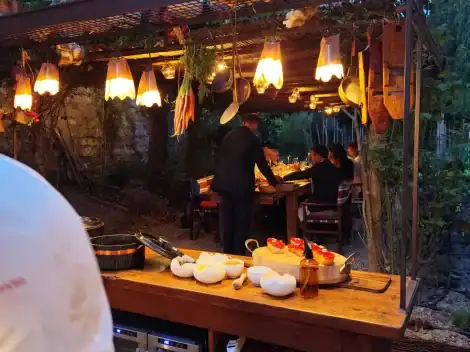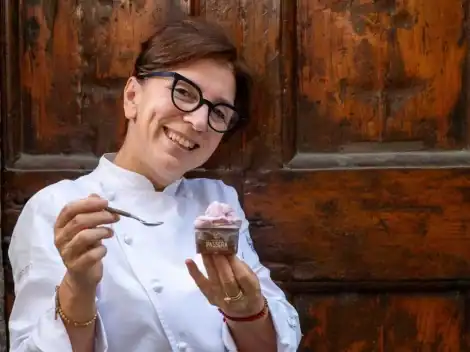The Neapolitan babà born in France
Few products can represent the art of Neapolitan confectionery such as babà: soft, soaked in rum, gourmet, traditional, the Neapolitan dessert is one of the most appreciated, both in the classic version and with the addition of pastry cream. Its origins, however, have little to do with Campania: Flavia Amabile tells it in her book “Si nu” babbà”, where she specifies that the long journey of the sweet begins in Luneville, Lorraine. A recipe that links Naples, France and even Poland, because it was invented by the Polish king Stanislao Leszczyński, in exile in the French region, who decided to add a syrup to rum with kugelhopf, a typical sweet he considered too dry.
From kugelhop to babà to rum
But let’s rewind the ribbon and proceed in stages: the kugelhopf is a rather scenic traditional cake of the alsatian tradition, large and slender, today prepared with long leavening times so as to be soft and airy. At first, however, this was not so and the sovereign, in exile in Lorraine after having been twice dethroned during the wars between the European powers, decided to wet it to prolong its softness and keep it longer. But not only that: his passion for cooking led him to improve the recipe, adding three leavening phases, as well as other delicious ingredients such as raisins, candied fruits and saffron, a precious spice that Leszczyński had discovered during his imprisonment in Istanbul.
The landing of the "Ali Babà" in Paris
Of course, it was not the baba as we know it today, but it can be said with certainty that a primordial version of the cake was born thanks to the Polish sovereign. The ancestor of the baba, which he named Ali Baba in honour of the protagonist of "The Thousand and One Nights", then landed in Versailles, where his daughter Mary, wife of the King of France Louis XV, had decided to move together with her father's confectioner, Nicolas Stohrer. It was the beginning of the eighteenth century and Jamaican rum was all the rage at court, considered better than the madeira used by Stanislaus, who, however, did not appreciate the change made by his daughter, as we read in a conversation with Voltaire: "Last month I was presented with a Baba, as it is now called, so drenched in liquor that I set fire to it. It loses lightness and memory. “
The arrival of the babà in Naples
Once arrived in Paris, the babà was further modified: no more saffron and candied fruits, but a new shape, the current one with the swollen dome. It is a long journey, the one that leads from France to Naples, which again involves the nobles of the time. Marie Antoinette, to be precise, wife of Louis XVI and sister of Maria Carolina of Austria, married to the King of Naples Ferdinand IV of Bourbon: it was the queen who brought to Naples, at the end of the eighteenth century, specialities such as the beschamel, the gratin and even the babà. The first written testimony dates back to 1863 and is found in the Italian cookbook of Vincenzo Agnoletti, but it was not until the end of the century that the babà became a dessert spread among the Neapolitan bourgeoisie, from the beginning consumed walking, like a real street food.
by Michela Becchi

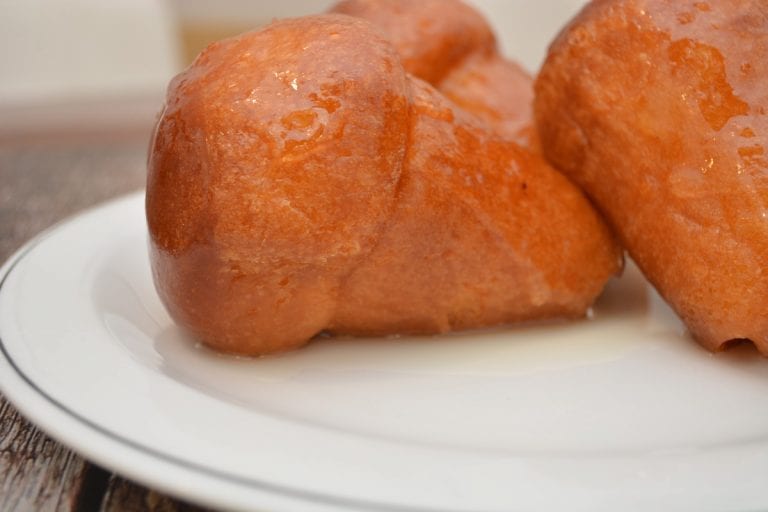
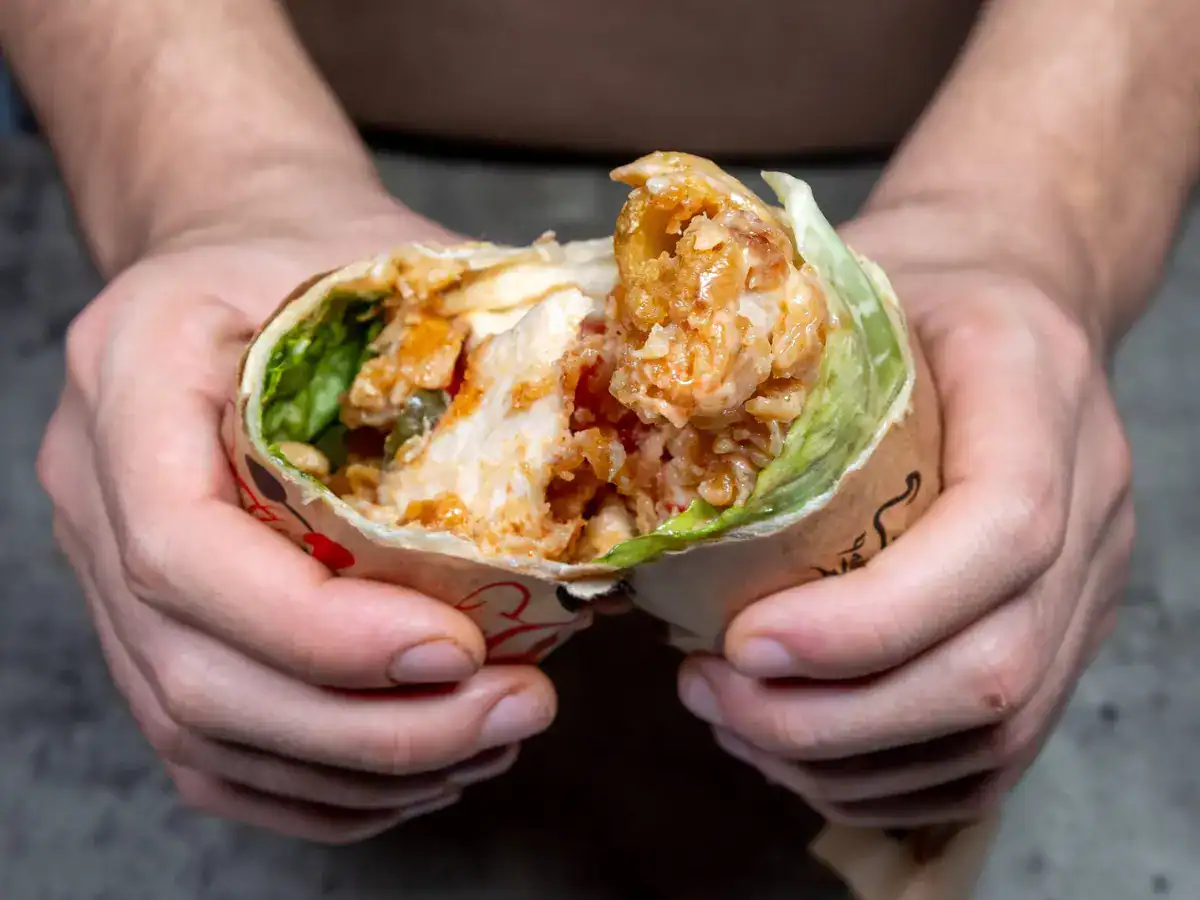 Gourmet maritozzi, Ascolana olives, and suburban pastrami: the unmissable street food of Italy
Gourmet maritozzi, Ascolana olives, and suburban pastrami: the unmissable street food of Italy The best restaurants in Agrigento to discover the new Sicilian cuisine
The best restaurants in Agrigento to discover the new Sicilian cuisine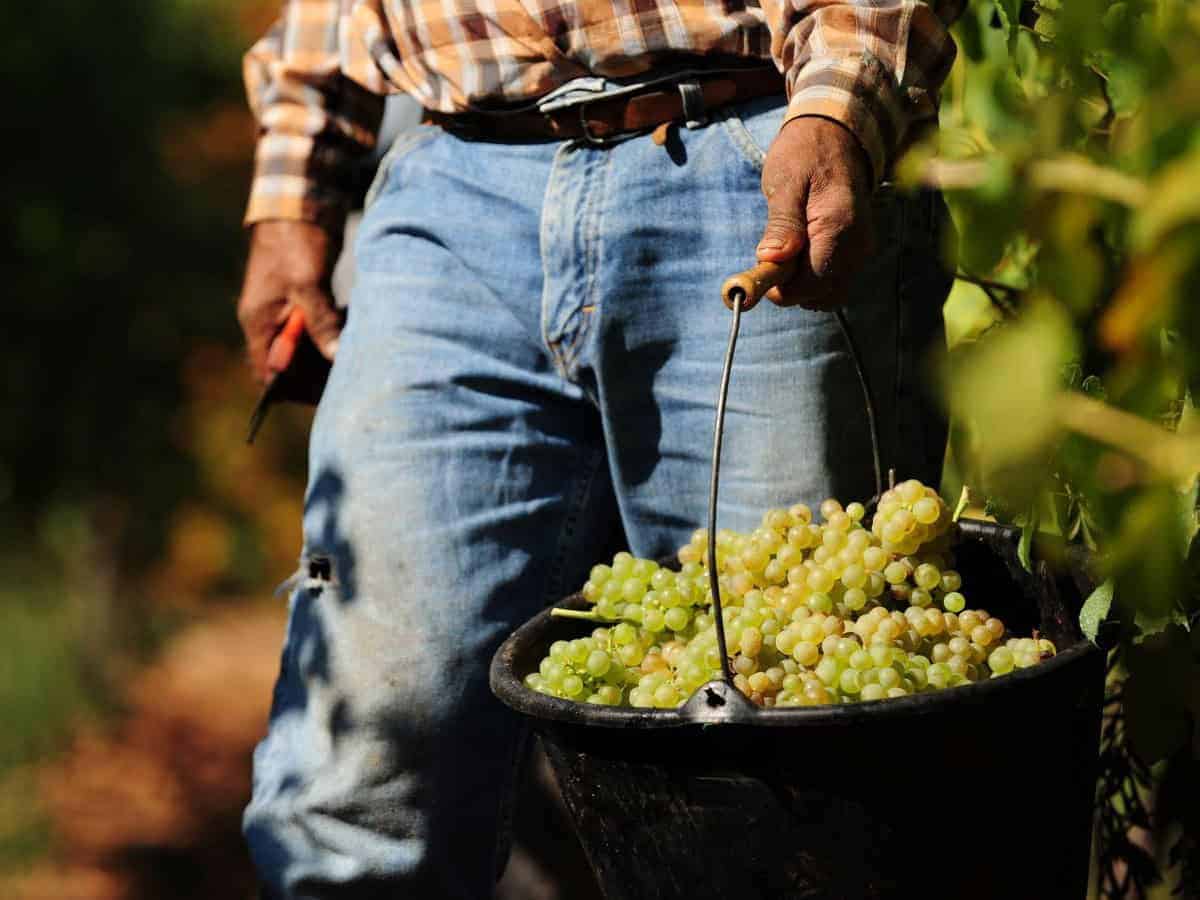 Italy’s 2024 wine production is higher than expected: nearly 44 million hectolitres. But there’s no reason to celebrate
Italy’s 2024 wine production is higher than expected: nearly 44 million hectolitres. But there’s no reason to celebrate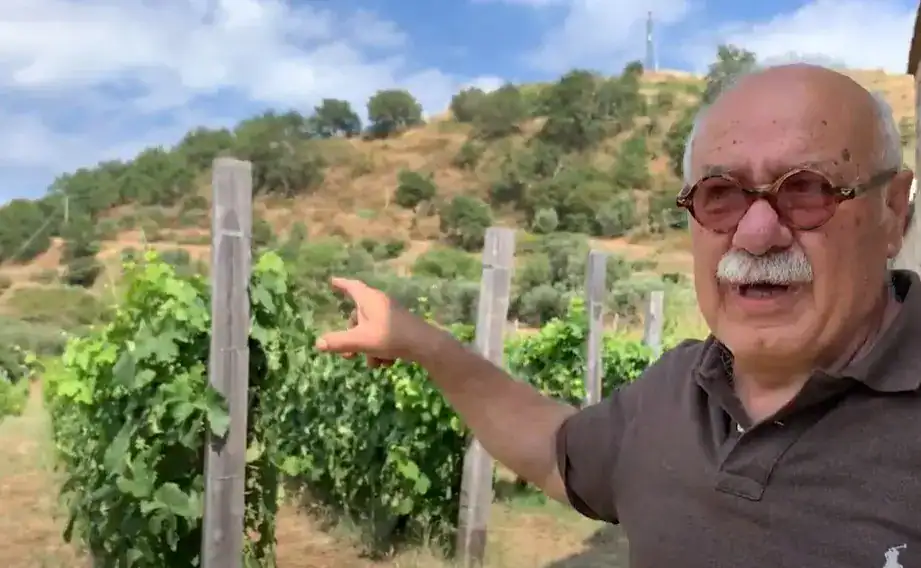 The two Calabrian brothers making wine like the ancient Grecanic peasants
The two Calabrian brothers making wine like the ancient Grecanic peasants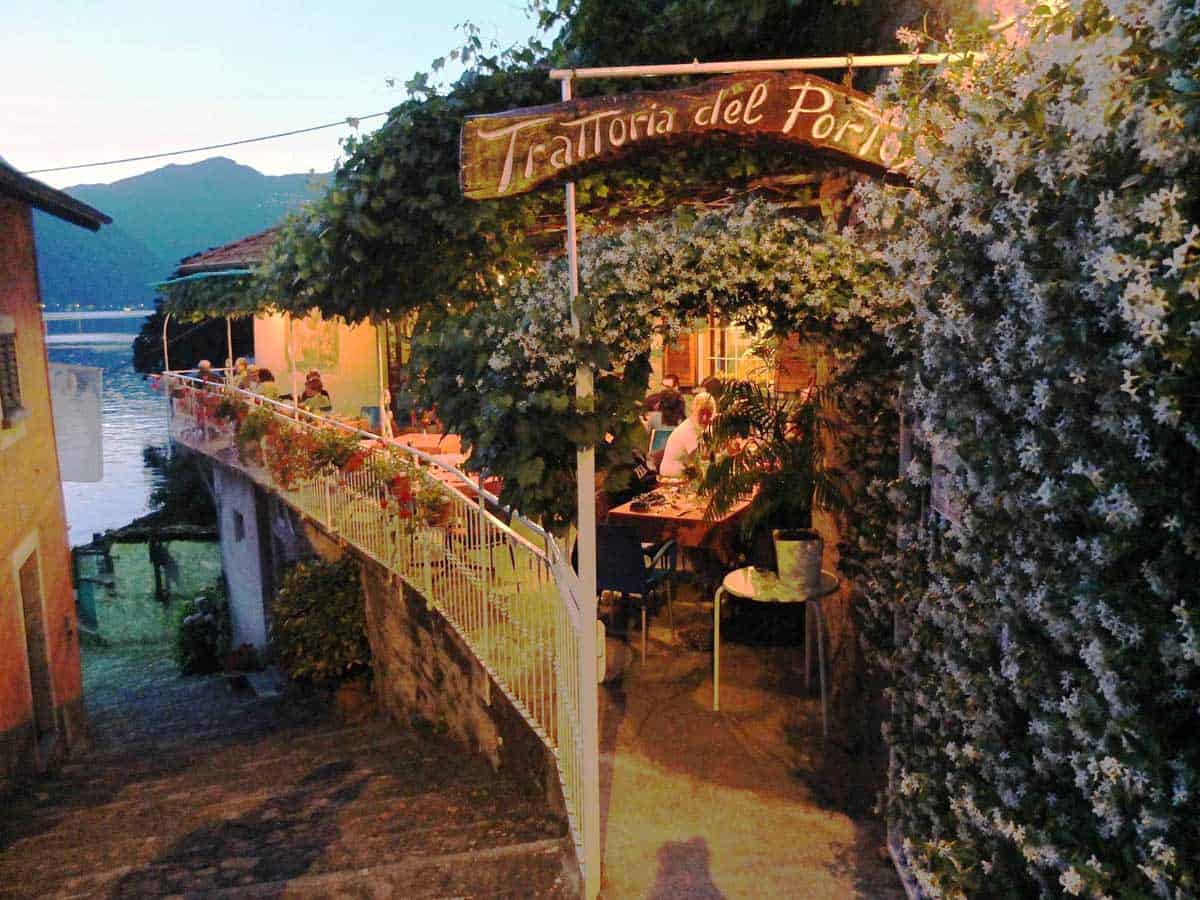 Three days at Lake Como in 17 destinations: Trattorias, Osterias and Fine Dining
Three days at Lake Como in 17 destinations: Trattorias, Osterias and Fine Dining

